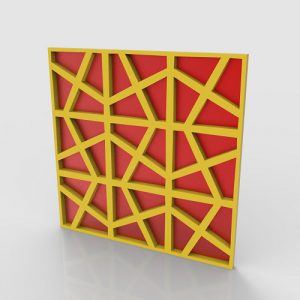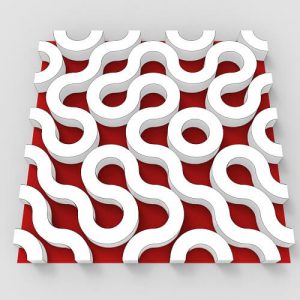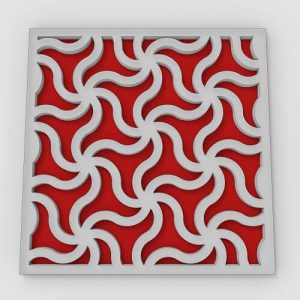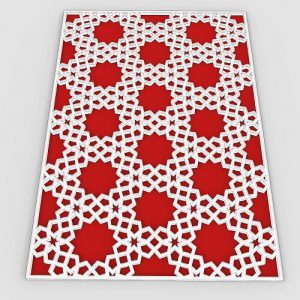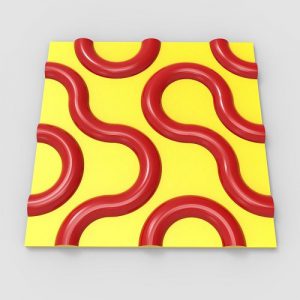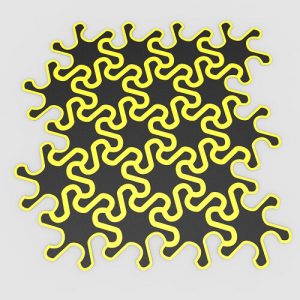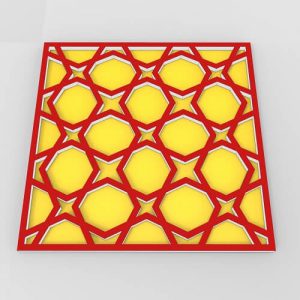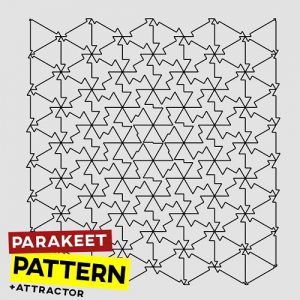In this Grasshopper course lesson, I will show how you can use the image sample to produce pixel art based on brightness or RGB. First, we will use the brightness to produce the resulting mesh and then we will dive into the RGB world.
In this Paracourse lesson, we will use advanced logic to model the Cairo tesselation from scratch. First, we will Study the pattern and then we will use several data management components to model the final mesh and give it thickness.
In this video, we will model the Truchet tiles in Grasshopper. First, we will take a look at the tiles and how Truchet tiles work. Then we will use dispatch to produce two sets of square cells. We will simply draw arcs from the midpoint of the edges to form the pattern.
In this Paracourse lesson, we will model a parametric pattern. First, we will study the pattern and how we can recreate it with arcs. Then we will use a technique to give the base curves some thickness and get it ready for CNC or Laser Cut.
In this ParaCourse Lesson, we ware going to model a parametric Islamic star pattern in Grasshopper. First, we are going to study the basics and how polygons in contact work and then we will make the stars inside the polygons.
In this Paracourse Lesson we are going to model a complete 3d Truchet tiles based on pipes. First we are going to explain the logic behind the pattern and then we will model it from scratch.
In this Paracourse Lesson we are going to model a parametric interlocking pattern. First we are going to start with a base grid (Hexagons) and then make the parametric connections with Nurbs curves.
In this Paracourse Lesson we are going to use a simple technique to make the modeling of the islamic star pattern easier.First we are going to define two parameters for the pattern control and then we are going to give it a thickness.
In this example file you can use the grasshopper's different grids combined with Parakeet's Genotype A to produce interesting Patterns



